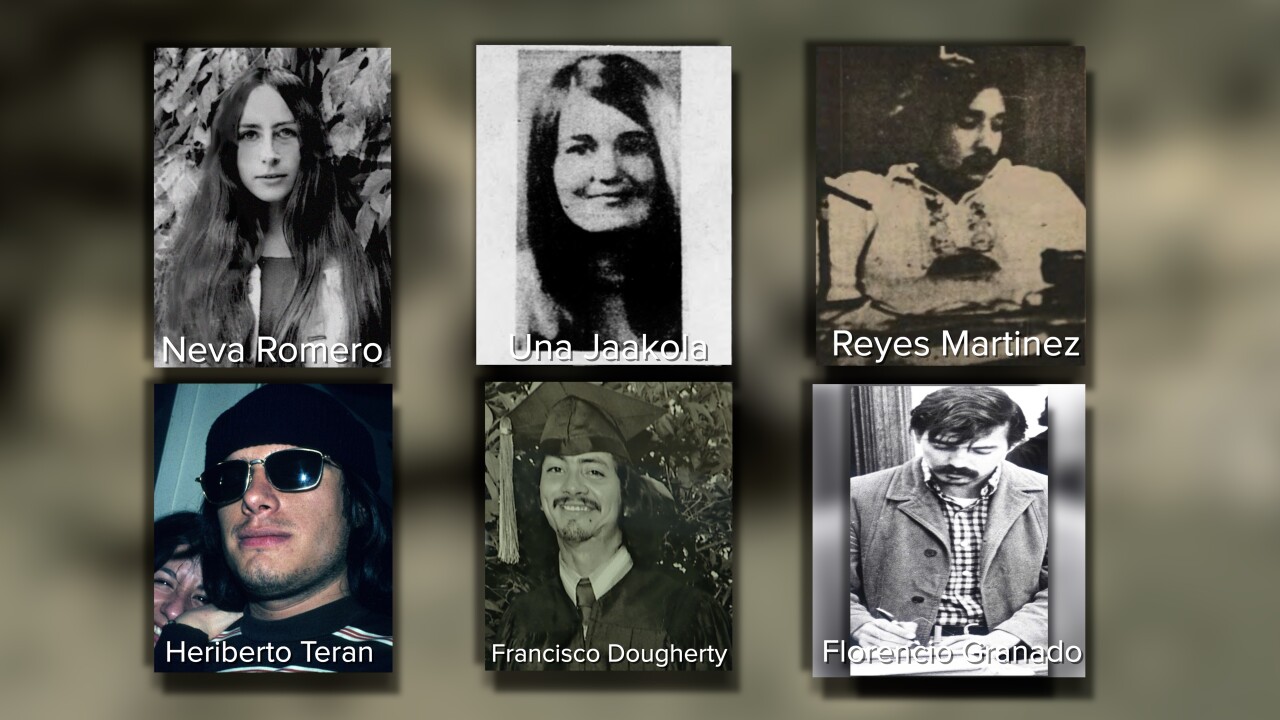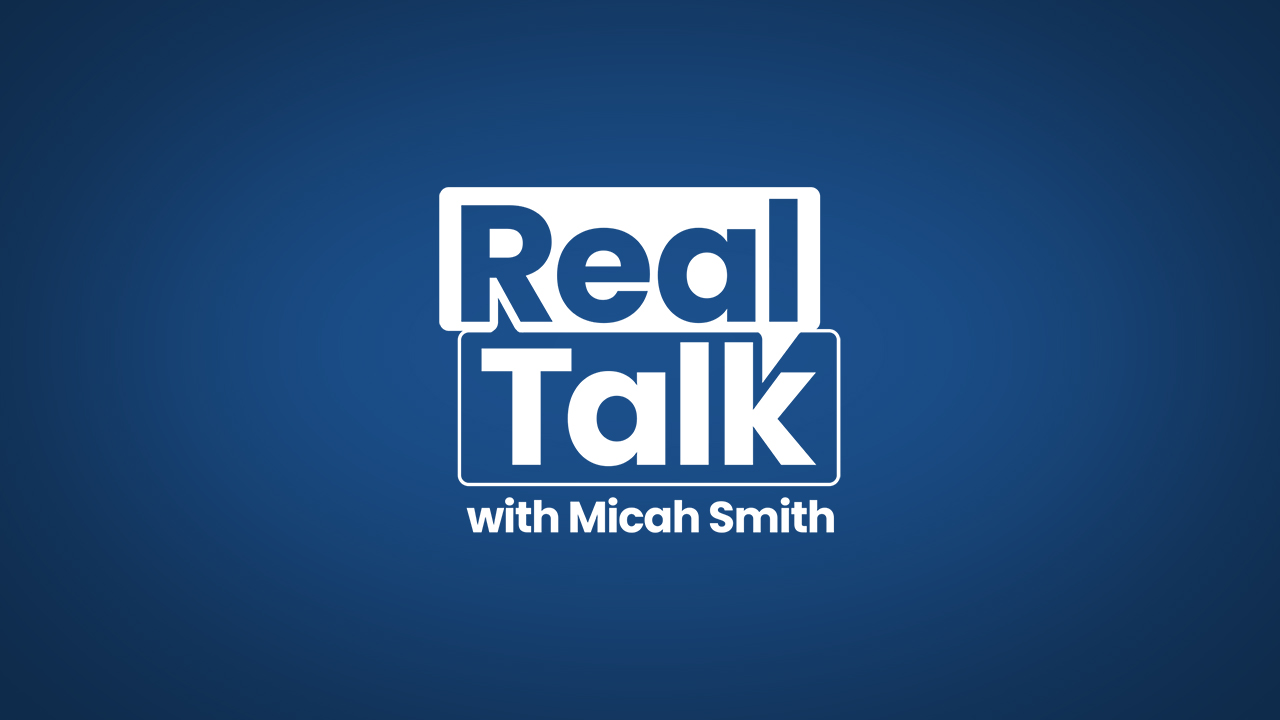BOULDER, Colo. and DENVER — Nestled at the foot of the Flatirons, tucked between cottages and hiking trails, Boulder's Chautauqua Park is known for its beauty. But that picturesque place was also the scene of an explosion that killed six Chicano activitists and left a community in turmoil.
Almost 50 years ago, a car exploded in Chautauqua in Boulder, taking the lives of aspiring teacher Neva Romero, lawyer Reyes Martinez and University of Colorado Boulder graduate Una Jaakola.
Less than 48 hours later, a second car bomb killed poet Heriberto Teran, activist Florencio “Freddy” Granado and aspiring doctor Francisco Dougherty. Another man, Antonio Alcantar, survived but was seriously injured.
The six who died became known as Los Seis de Boulder, The Boulder Six.

The deadly explosions struck fear into Colorado’s Chicano movement.
Federal and local law enforcement agencies investigated, but no one was ever charged.
“The mystery and the unsolved nature of it has a draw,” said Michelle Steinwand, the sister of Una Jaakola, one of the car bombing victims. “Why didn't this get the attention it needed? Why wasn't this investigated appropriately? Why wasn't there resolution?”
But for Steinwand and other family, friends, historians, archivists and CU Boulder students, preserving that history and retelling the story today is less about the unanswered questions, and more about keeping the fight for equity alive.
The young people who died were fighting to open the doors to education for Mexican Americans, also known as Chicanos.

“A lot of people don't know that Colorado was really a hotbed of Chicano activism on par with places like Texas and Los Angeles,” said Nicki Gonzales, Colorado’s first Latina state historian.
But when the car bombs went off in May 1974, the violent deaths had a chilling effect on the movement.
“Many of the activists felt demoralized,” Gonzales said. “It was such a traumatic event and as a Chicano community, we still carry that with us.”
For decades, the story of Los Seis was a painful memory for those close to the victims. But the history was not well known by most Coloradans.

The lives of Los Seis and the state’s other Chicano activists are now on display at Denver’s History Colorado museum, which Gonzales helped put together.
“We have memorialized people who in their pursuit of justice were tenacious,” Gonzales said. “For later generations to look at these panels and to see leaders from their own community is a great inspiration for continued movements for educational access and equity,” she said.
In the 1960s and 1970s, students in Boulder led the movement for educational equity in Colorado’s universities. The student group United Mexican American Students, known as UMAS, protested and occupied campus buildings to demand financial aid and higher enrollment of Chicanos.

On the CU Boulder campus today, library archivists like Megan Friedel are working to preserve that history.
“CU Boulder was one of the epicenters of the Chicano movement in Colorado, which is a really important history that has not, until recent years, has been well documented and well explored,” Friedel said.
The library has collected newspapers, banners and handwritten notes that tell those stories.

“When I work with students and I bring this material out to them, being able to touch their own history and interact with it in a tangible way means so much more than when you're looking at something on a computer screen,” Friedel said.
Through the historical documents, Friedel hopes that students and others in the community can get a fuller picture of the student activism that was happening before and after the bombings.
For Steinwand, who lost her sister in the bombings, it means a lot that historians, archivists and others in the community are recognizing Los Seis.
"Una and her friends were very committed to higher education for everyone,” Steinwand said. “So many of the efforts that my sister and her friends and colleagues were involved in are the efforts that we still need to be involved with today.”
A special thanks to the following institutions for providing archival materials: University of Colorado Boulder Rare and Distinctive Collections, CSU Pueblo Archives and Special Collections, Colorado Historic Newspapers Collection, Denver Public Library Special Collections, Carnegie Library for Local History, History Colorado — Juan Espinosa Collection, The Freedom Archives, Boulder Daily Camera
Denver7 photojournalists Jacob Curtis and Drew Smith contributed to this report.





